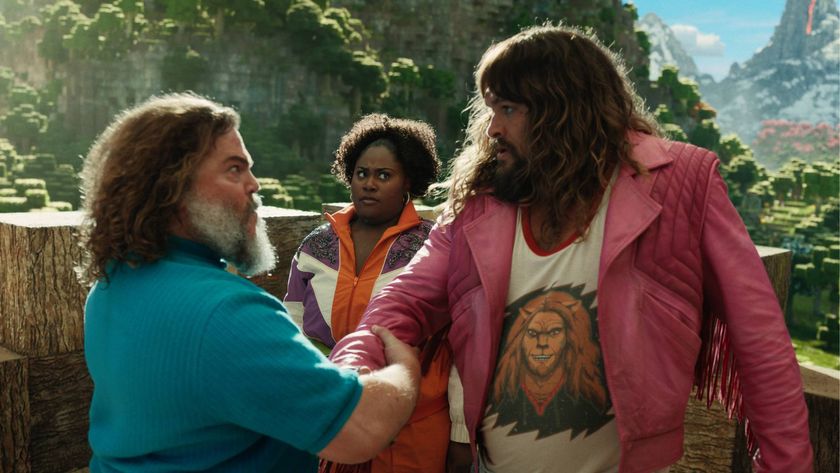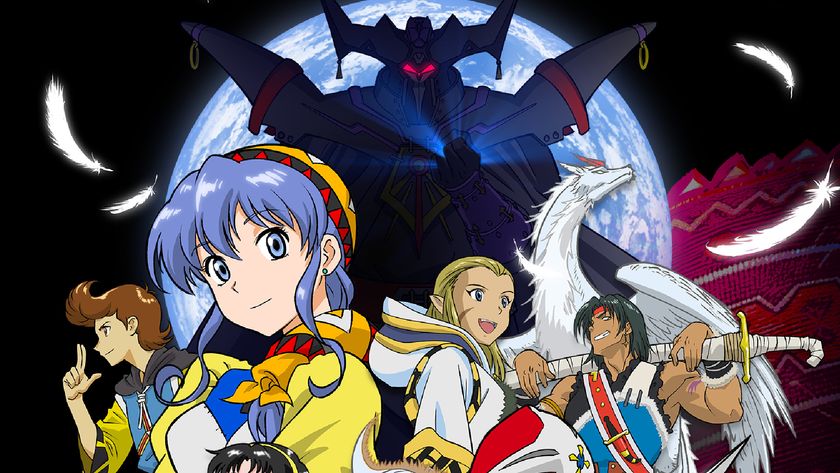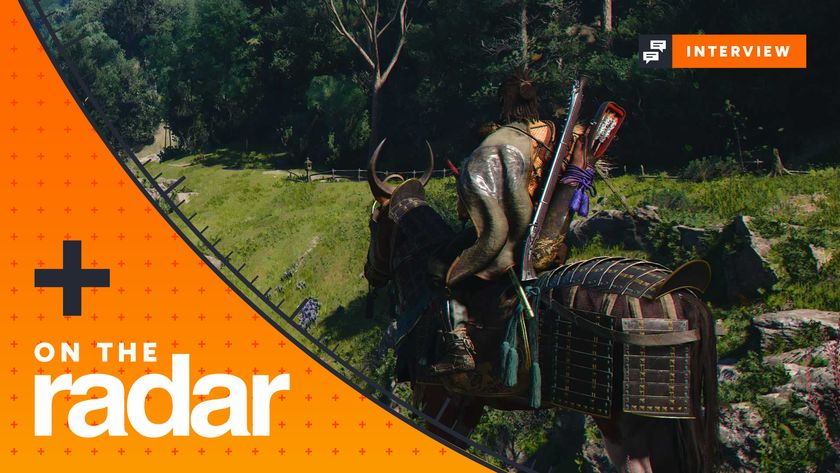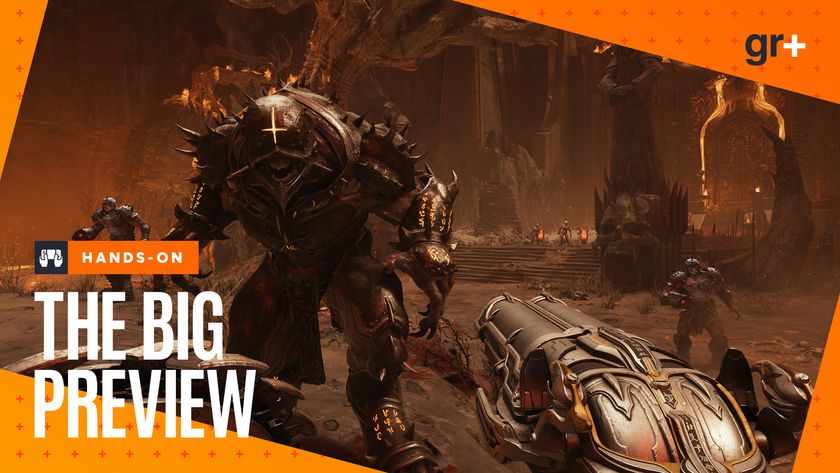Is there any place for cutesy mascots in modern games?
For those who haven't yet heard, I hate to be the bearer of bad news, but Sonic isn't doing too well. After the glitch-filled, barely comprehensible Sonic Boom launched with a fizzle and a whimper, players began to voice concern that there just isn't room for Sonic anymore in the modern gaming landscape. Voiced again, rather, since that same question comes up every time the Sonic series churns out another disappointing title.
This has been going on for quite some time, and while Sonic's descent from iconic darling to bargain bin fodder makes him a noteworthy example, he isn't the only one. The majority of gaming's most beloved mascots (specifically the cutesy, rather cartoonish sort, who you could feasibly see dancing around the field at a high school football game) have seen a sharp decline in popularity over the course of the last 20 years. Many have even disappeared from the medium entirely - rest in peace Bubsy, Jazz, Crash, Toe Jam, Earl, Gex . . . At the rate things are going, you start to wonder if the age of gaming mascots is dead, or at least reaching for death's door knocker.
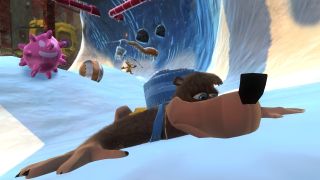
Just as it's not difficult to see the decline of video game mascots happening, the why is similarly clear: games are getting grittier and ‘more mature’ with every passing year. Part of this is simply due to improvements in gaming technology (seriously, if you can render a photorealistic reflection off a badass space marine's helmet, why wouldn't you?) but the power of market trends can’t be underestimated. For instance, the 32% of gamers that fell into the 18 - 35 age bracket as of 2014 grew up with the mascots of the '90s and 2000s, making them a valuable demographic that started playing video games early and are primed to continue. As they age, the medium has chased their maturing interests, which has led to more complex plots, shocking violence, and a lot of grittily brown backgrounds.
In many ways this interest in an older demographic has been a plus, allowing developers the freedom to explore more thoughtful stories and a greater variety of genres and game mechanics. However, it hasn't been kind to the mascots of gaming, none of whom are particularly badass or realistically rendered. Some developers have tried to keep up, introducing ‘gritty’ characters like Shadow and Were-Sonic (sigh) into the Sonic franchise, or revamping Banjo-Kazooie to play to the car-customization audience. By and large however, these efforts have failed, since that stoic, hard-bitten aesthetic is extremely hard to translate to an anthropomorphic platform-jumping lizard (yes, even if you give him sunglasses and a disturbing taste for human women).

Other companies have tried to go the opposite way, focusing their efforts on appealing to children who are just getting interested in playing games. That route has also been met with lackluster results however, if for no other reason than kid's game is too often code for lazily designed crap. Did I already mention Sonic Boom? Plus, given that many kids are already playing games from 'adult' franchises (jump into a Halo multiplayer match if you don't believe me) or leaning heavily toward mobile gaming, they don't need to turn to a restricted 'kid's market' for entertainment, making that route even less functional.
So, if gaming's cartoony icons just can't change with the times, we should probably start getting to work chiseling out their epitaphs, right? At this rate, you would probably be right to say so, at least until you remember a little guy named Mario. While other video game mascots have dwindled and vanished into obscurity, Mario is still going strong at 34, churning out titles every year that still continue to sell. You can further expand that to all of Nintendo's work, since characters like Yoshi have starred in their own games, and the long-neglected Star Fox has a game slated for release later this year. Not only that, but Nintendo has also breathed life into characters it doesn't own, if the inclusion of Mega Man, Pac-Man, and poor dear Sonic in Super Smash Bros for Wii U is any indication. That all comes with the caveat that most Nintendo mascots can't support their own commercially successful games - Toad, for example - but get them together and they maintain an impressively strong presence. Also, amiibos. Holy shit, amiibos.
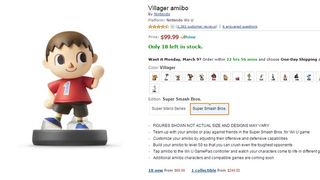
Before you go thinking that Nintendo alone has the magic touch, other studios have had impressive success keeping their cuddly characters alive as well. Sackboy, for instance, remains an upstanding member of the PlayStation family (though LBP3 fell a bit flat, that doesn't take away from the success of LBP2), and Rayman got the stellar Rayman Legends back in 2013 (which, despite missing sales goals, is still making decent money).
Sign up to the 12DOVE Newsletter
Weekly digests, tales from the communities you love, and more
What have the keepers of these mascots figured out that so few others could? The answer's actually pretty simple: realize what you have. Like I mentioned earlier, a lot of studios try to keep up with the times (and, let's be honest, hide their anthropomorphic shame) by changing their characters to match current industry trends. Not only does that rarely work (remember, lizard with a lady fetish) but it often destroys what players loved about those characters and their games in the first place. Why is Crash Bandicoot awkwardly punching things and riding a hoverboard instead of hopping around quick, challenging levels? Why does Banjo-Kazooie: Nuts and Bolts take a laser-guided dump on the collect-a-thon parts of the series that fans clearly enjoyed? Sure, you want to keep up with the times so your games don't feel stale or trapped in the past, but Mario proves there's a way to make sure that happens without sacrificing what makes your game great. Seriously, why are you making Sonic fight generic bad guys when all he needs to do to make us happy is go fast???

So will a little more creator love for these characters save the age of video game mascots? Well, probably not, to be honest. Even the well-cared-for mascots have their ups and downs, and it's questionable how much of the demand for the return of Jazz Jackrabbit and Gex is based in actual market interest as opposed to loud nostalgia. Frankly, the days when Crash, Sly and Mega Man ruled the landscape are pretty clearly behind us as the likes of Kratos, Master Chief and Nathan Drake take their place. But still, that isn't to say there's no room for them in the industry. They could certainly do wonders for gaming diversity - there's only so much grimdark war I can take - and as long as their games are good a market for them will still exist. If you build it . . .
While it's true that game mascots might not be what they once were, and the age of their prominence has passed, a little care and respect for the material can bring them back into the fold. The industry just needs to remember that one of its oldest friends is a very uncool, giant blue hedgehog, and it's still okay to love him.
Former Associate Editor at GamesRadar, Ashley is now Lead Writer at Respawn working on Apex Legends. She's a lover of FPS titles, horror games, and stealth games. If you can see her, you're already dead.

After preserving the AI ghost of a fan's late brother, Tekken 8 boss says it might be a glimpse of the future where you don't "need an opponent who is human that has the exact same skill level"
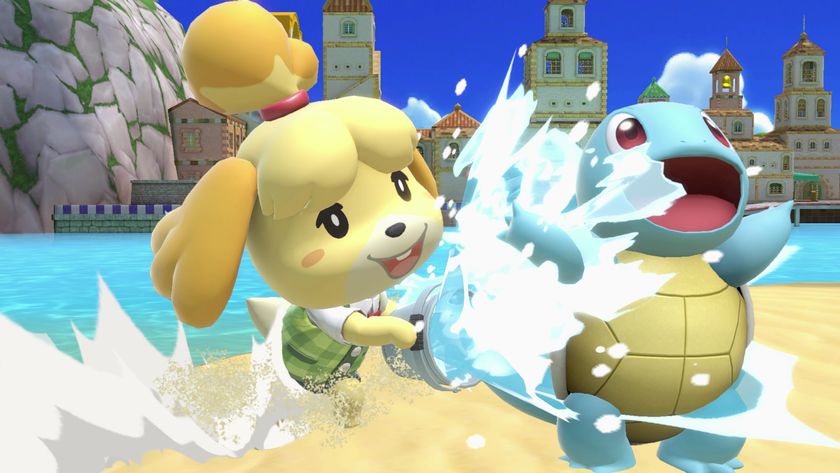
Super Smash Bros. Ultimate director "can't hope to compete with what doctors do," but he's content to "buff peoples' lives" with games

